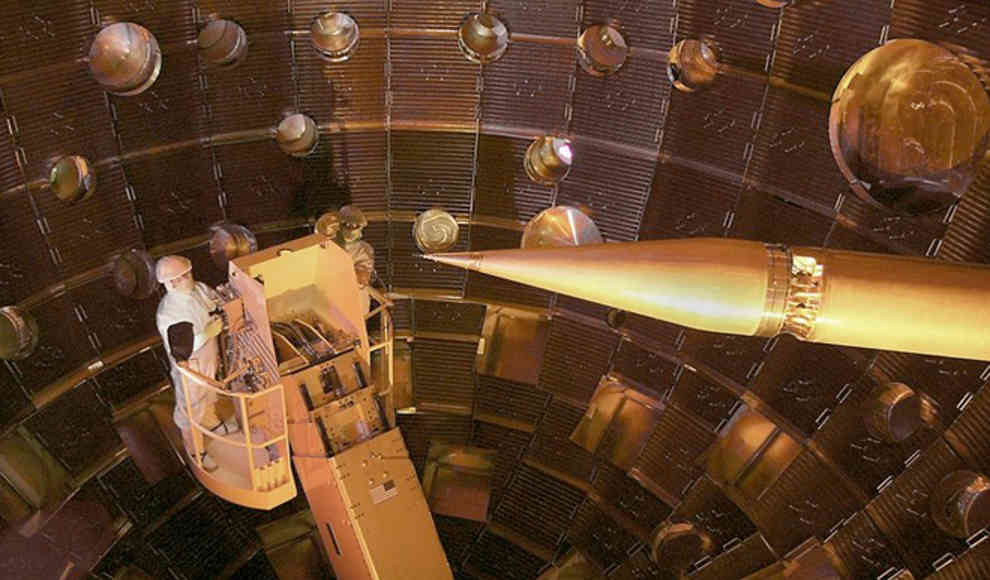In a groundbreaking laser experiment, scientists have achieved a major milestone in the quest to build a functioning fusion reactor. The experiment involved heating a sample of deuterium and tritium with laser beams so rapidly that it resulted in nuclear fusion, releasing more energy than the fuel had previously absorbed. This is a significant step towards creating a burning fusion reactor that can generate electricity for millions of people, just like stars do.
Inside stars, temperatures reach several million degrees Celsius, and enormous pressures cause atomic nuclei to fuse. This fusion releases more energy than nuclear fission, which is what powers nuclear reactors. Fusion energy has the potential to solve all of Earth’s energy problems without producing greenhouse gases or radioactive waste. It is also a very safe form of energy production, as it does not create a chain reaction and can be shut down immediately in case of a disturbance.
However, the road to a functioning fusion reactor is still very challenging. Scientists have been encountering unforeseeable difficulties for decades and must work hard to make even the smallest progress. The laser experiment was conducted at the National Ignition Facility at the Lawrence Livermore National Laboratory in California, where 192 of the world’s most powerful lasers were used to focus on a tiny cylinder. The lasers were synchronized to direct all their energy onto the small sphere inside the cylinder, heating the fuel to create plasma and initiate nuclear fusion.
While the experiment provides important insights into fusion research, its primary goal is to develop thermonuclear weapons. The US military can increase the safety, lifespan, and destructive power of nuclear bombs without violating international treaties banning nuclear weapons testing. Despite this, the experiment’s success is a significant step towards achieving the ultimate goal of creating a fusion reactor that can provide clean, safe, and abundant energy for the world.










